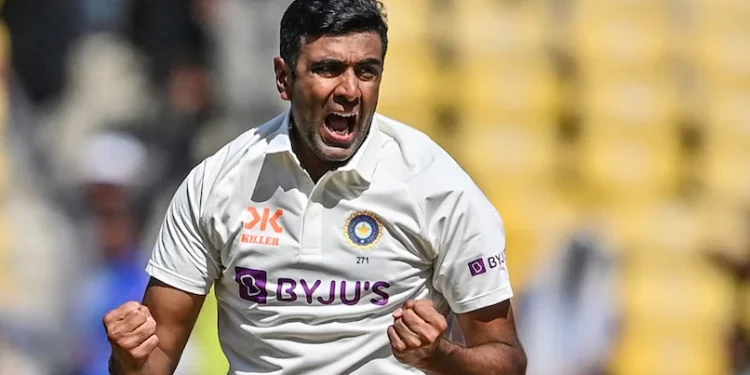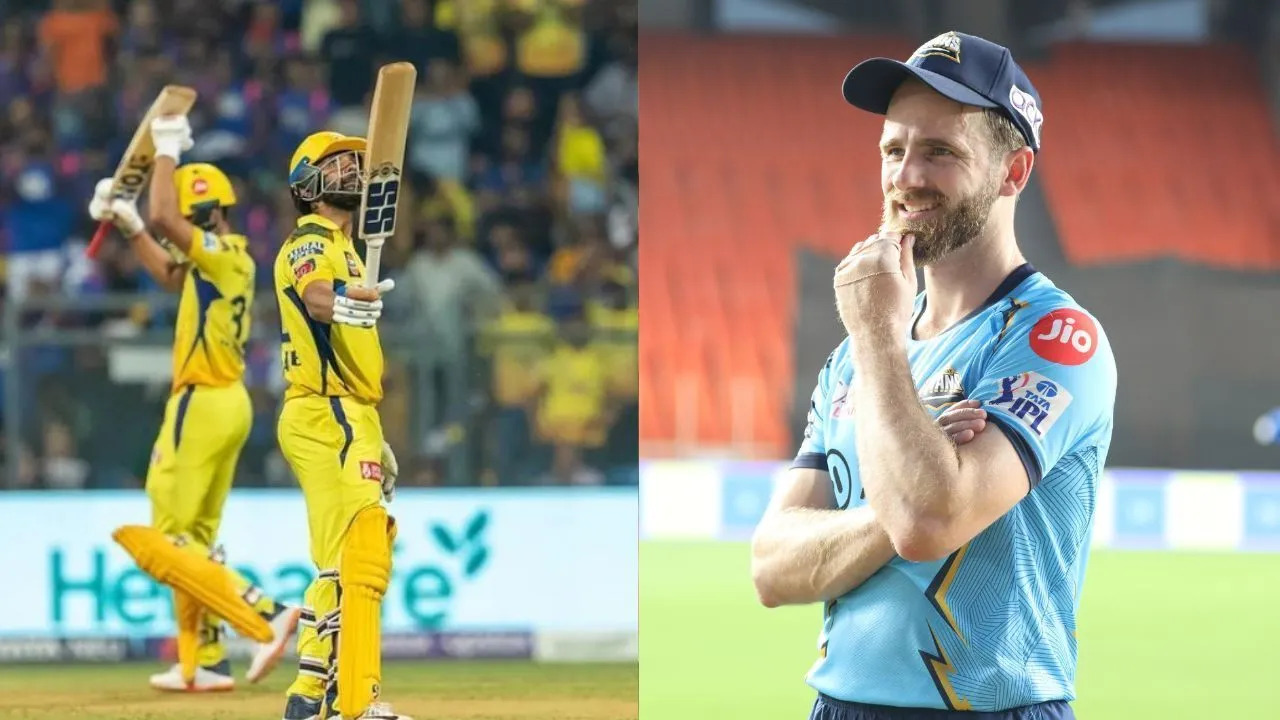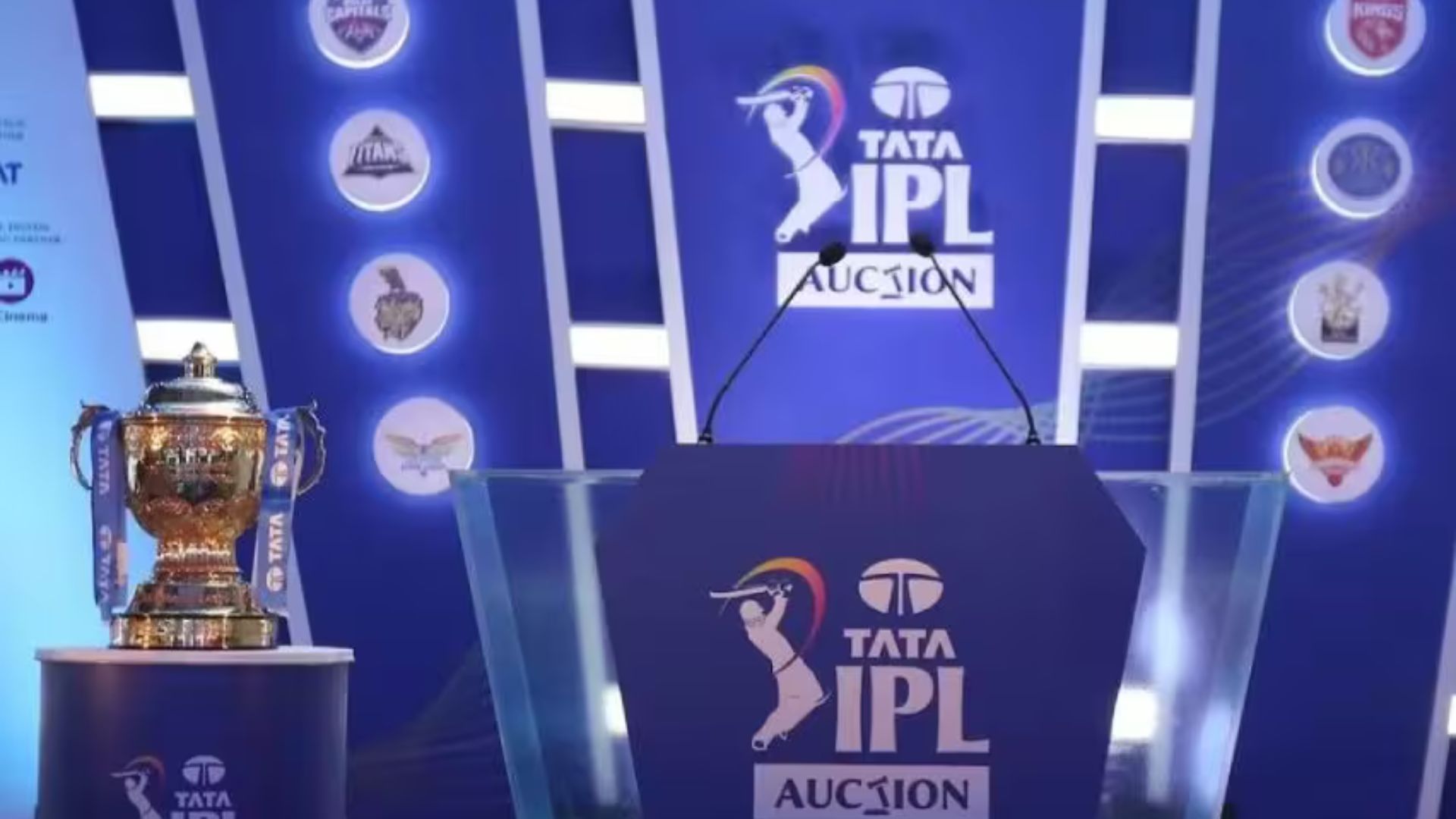Being Ravichandran Ashwin is challenging.
The devastating truth that being the greatest in the world does not guarantee a berth in India’s playing XI is difficult to accept when you are one moment the top-ranked bowler in Test cricket and the next instant. With the exception of a brief comeback in 2021–2022, Ashwin has primarily played in one format for India since the middle of 2017. However, even in that format, his appearances have been sporadic, with Ravindra Jadeja taking Ashwin’s place on tracks that are meant to prevent India from playing both spinners and batsmen together.
As it turned out, Ashwin was forced to watch from the sidelines at The Oval during the World Test Championship final last month as India failed to maintain control and precision on the first day, ultimately losing the match and the coveted mace after five days. The 36-year-old, who traveled back to play T20 cricket in the TNPL before flying back to the Caribbean, demonstrated that he had not lost any of his red-ball rhythm with a five-fer—his 33rd in Test cricket—on the first day in Dominica to start India’s next WTC.
“I’ve already discussed it. Being forced to sit out of a WTC final is incredibly difficult for a cricketer. “All of that is good. However, if I likewise wind up pouting in the changing room, what makes me different from someone else? I was mentally prepared to compete as we entered the WTC championship game. I had psychologically and physically prepared myself, made plans for the game, and more. I was ready to skip the game, though.
“How should I answer if I’m not playing? How can I confirm that the dressing room is indeed active? The most crucial thing is to win the WTC final because it might be a very high moment in my career and I would have had a good part to play in it. It just wasn’t meant to be; it didn’t work out. Just too much was left in the shed from the first day. I just want to leave it at that, offering my teammates and Indian cricket as a whole some understanding and my best efforts on the field.
Ashwin was forced into the attack here in Dominica as early as the ninth over after India lost the toss. His first delivery resulted in a nervous inside edge off Tagenarine Chanderpaul, and by the end of his third over, he had joined a very exclusive group of bowlers, including Ian Botham, Wasim Akram, Mitchell Starc, and Simon Harmer, who had all managed to dismiss both parts of a father-son duo in Test cricket. Before lunch, the captain’s strike was added, and the star offspinner then proceeded to dismiss the top three scorers—Alick Athanaze, Alzarri Joseph, and Jomel Warrican—to reach the milestone.
Especially from the pavilion end, the wicket had some bounce. We got a bounce from the wicket’s little incline. But we made great use of the first session. The dampness on the wicket was evaporating extremely well. You can see from the visual that they displayed that it was turning more [during the second session], although the turn was extremely gradual. However, the pace was good, there was bite, and there was bounce in the first session. We made excellent use of it. The momentum completely changed on our side when [Jermaine] Blackwood left soon before lunch. We had a really strong first day of play, in my opinion, thanks to Jaiswal and Rohit’s excellent batting,” Ashwin added.
With the five-fer, Ashwin surpassed Anderson to move up to sixth place among cricketers with the most five-wicket hauls in Test matches. Rangana Herath (34), Anil Kumble (35), Richard Hadlee (36) and Shane Warne (37) are seated just above him, while Muttiah Muralitharan (67) continues to be a very far-off leader. In the process, Ashwin also passed Kumble and Harbhajan Singh to become just the third Indian spinner to reach 700 wickets in other countries. All of it was deserving of contemplation.
Ashwin once said, “There is no cricketer or anyone in this world who has gone through the highs without the lows. “When you’re down, you have two options: either you pout or you talk about it, whine about it, accept it, and descend. Or you take the experience as a lesson. I always draw lessons from my failures; therefore, that’s who I am.
The nicest thing that will actually happen today, after this amazing day I’ve had, is that I’ll eat well, have a good conversation, spend time with my family, and then go to bed and forget about it. Even when you know you had a wonderful day, there are always things you can improve upon to have a better day tomorrow. Although it has kept me in excellent stead throughout the years, this never-ending pursuit of perfection has also been very taxing. The trip has not been very simple. The trip has been exhausting for me, but I’m grateful for all the low points because, without the lows, there wouldn’t be any good points.
“In actuality, I’m surprised by how quickly my career has progressed when I look back on it. Literally, 14 years have passed since it began, and if you count the IPL, the journey has lasted close to 15 or 16 years. It just vanished in that way. The only thing I can say is that Rahul Dravid said, “It’s not about how many wickets you take or how many runs you score,” the first time I met him as a coach. You’ll lose all memory of them. The only things that will endure are the wonderful memories you make together.
“I fully support that. I doubt that he indoctrinated me into acting in that way. I firmly believe that this voyage has flown by so quickly that I can barely remember what has occurred and how it has progressed. I’m filled with gratitude for the experience and everything the game has given me. I don’t know how many more of these opportunities will present themselves to me, but I’ll make an effort to make the most of them. I made a pact with myself that when cricket resumed after COVID, whether I was playing, getting benched, or retiring, I would enjoy whatever happened. I’ll have fun no matter what happens.











 Win Projections to be updated soon
Win Projections to be updated soon














